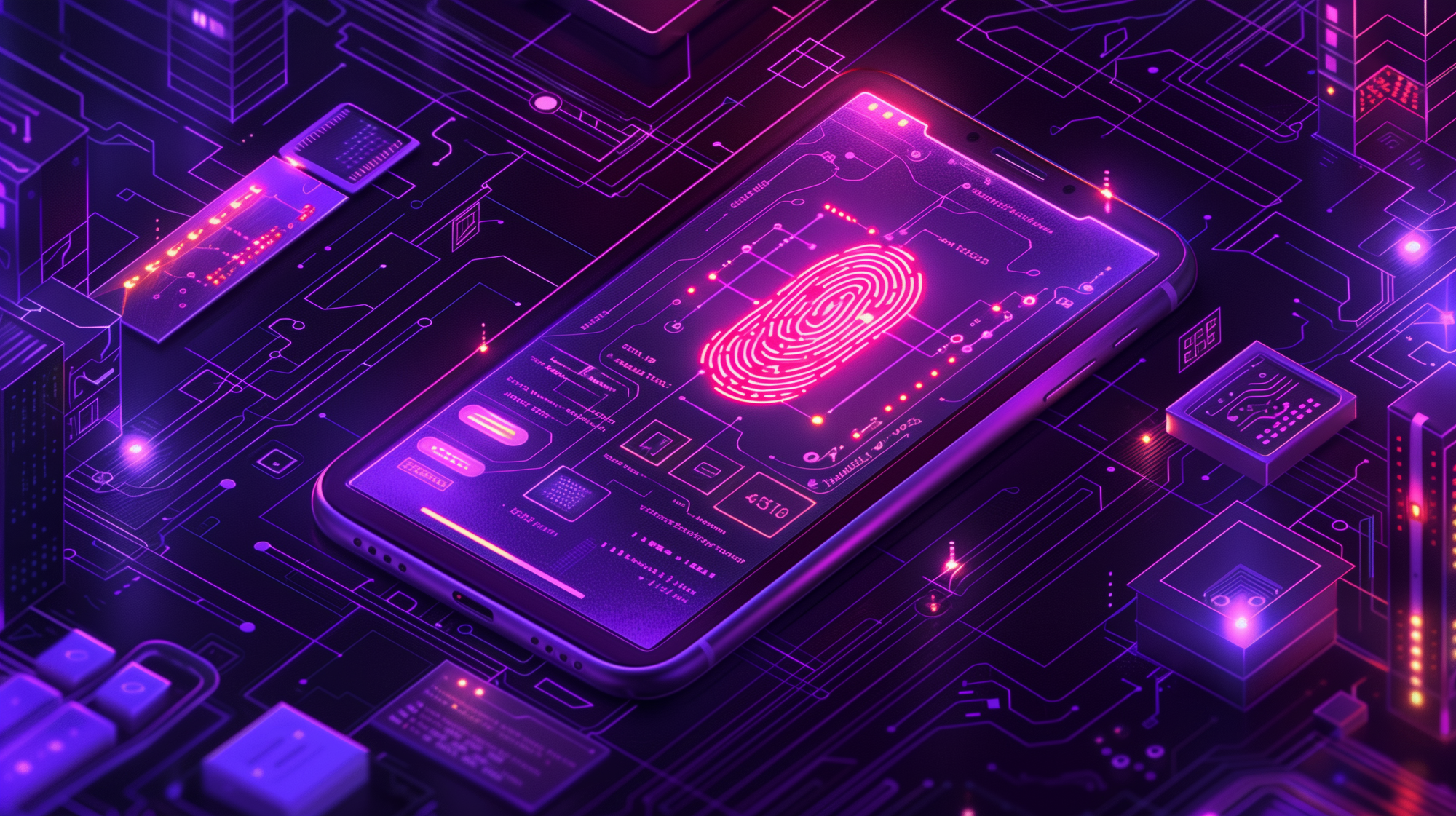Top Five Security Best Practices in 2024
Organizations must adopt stringent cyber security measures to protect their mission critical assets, and ensure business continuity. Here are the top five best practices every enterprise must implement to adequately defend against these relentless threats.

Like every year, the cyber threat landscape in 2024 is constantly evolving, but shaking up to be another year of increased sophistication and capability wielded by the adversaries. The threat of cyber attacks looms larger than ever, more than likely a matter of when rather than if. The potential consequences of a security breach are devastating, including financial loss, reputational damage, and operational disruption. Immediate action is imperative.
Organizations must adopt stringent cyber security measures to protect their mission critical assets, and ensure business continuity. Here are the top five best practices every enterprise must implement to adequately defend against these relentless threats.
Implement Comprehensive Cyber Security Controls
The rise of rapid digital transformation has changed the traditional security boundaries we were all used to for the decades prior to COVID-19 disrupting the world, and forcing much of the planet to rapidly devise a remote work strategy. Although new security techniques to protect these modern technologies is required, this does not mean just throwing out the old mechanisms for no good reason. There are still some very valid reasons to continue using older security controls while mixing them with newer capabilities for a well-rounded approach to this multi-faceted problem.
For most businesses, on-premise data centers continue to be a thing, therefore it is vital to protect those valuable assets with a range of robust cyber security controls. These include firewalls to monitor and control network traffic, intrusion detection systems (IDS) to identify suspicious activities, and intrusion prevention systems (IPS) to proactively block threats. Access controls at every point possible ensures only authorized personnel can access critical systems and sensitive data.
These measures collectively form a multi-layered defense system protecting against unauthorized access and minimizing the risk of a successful cyber attack, ultimately safeguarding confidential information and maintaining operational stability.
To ensure effectiveness, conduct a thorough audit of existing security controls, identify any gaps, and implement the necessary tools and systems. Regularly update and test these controls to stay ahead of evolving threats. Continuous evaluation and enhancement of these defense mechanisms by trained and experienced security professionals is crucial for maintaining a stout security posture.

Enforce Multi-Factor Authentication (MFA)
Passwords alone are insufficient to protect against unauthorized access. Multi-Factor Authentication (MFA) adds an essential layer of security by requiring users to provide two or more verification factors. This can include a combination of a password, a smartphone or hardware token, and biometric verification. MFA significantly reduces the risk of unauthorized access, even if a password is compromised, thereby enhancing the protection of sensitive data and systems.
Using hardware tokens like YubiKey's represents the pinnacle of Multi-Factor Authentication (MFA) security due to their robust protection. Unlike software-based authentication methods, hardware tokens are actual multi-factor devices, used solely for authentication. Their use essentially ensures that even if a password is compromised, unauthorized access remains virtually impossible. The tokens are physically required for access, adding an additional layer of security both tamper-resistant and immune to malware, making them the most secure and reliable MFA method available for protecting sensitive data and systems.
To implement MFA, deploy it across all critical systems and applications at the absolute least, but ideally across every endpoint, including the average user. Educate the workforce on its importance, and provide clear instructions for setup and usage. Continuously monitor and adjust the effectiveness of MFA to address emerging threats and vulnerabilities, ensuring alignment with the latest security standards.
Deploy Next-Generation Endpoint Detection and Response (EDR)
Traditional antivirus solutions are insufficient against today’s sophisticated cyber threats. Signature-based endpoint protection is outdated and must be replaced immediately. Next-generation Endpoint Detection and Response (EDR) systems leverage advanced technologies such as machine learning, artificial intelligence, and behavioral analysis to detect, investigate, and respond to threats in real-time. EDR offers continuous monitoring of endpoint activities, isolating and blocking malicious actions, and significantly enhancing the ability to prevent and mitigate cyber attacks.
Deploying EDR requires careful planning, especially if transitioning from legacy solutions like those from Trellix (formerly McAfee) or Trend Micro. Investing in a leading EDR solution like CrowdStrike is the most strategic choice. Regardless of the chosen solution, ensure your security team is thoroughly trained to utilize the EDR tool effectively, and maintain it with regular updates as recommended by the vendor. The urgency of upgrading to EDR is a major imperative to preventing Nation State, e-Crime, and Hacktivist adversaries from doing immeasurable damage.
Practice Incident Response from Operators to Executives
A comprehensive and meticulously defined incident response plan is imperative for mitigating the impact of cyber incidents. This plan must encompass every level of the organization, from technical operators to executive leadership, with clearly defined roles, responsibilities, communication protocols, and recovery procedures.
Continuously refine and enhance the incident response plan with input from all relevant stakeholders across the organization. Conduct regular drills and simulations to ensure all team members, particularly the C-Suite, Board, and Executives, are familiar with the procedures and understand how to respond effectively. Executive leadership must provide strategic oversight and allocate the necessary resources for incident response and recovery. Regularly update the plan to incorporate insights and lessons learned from drills and actual incidents.
The most detrimental time to test an incident response plan is during a real cyber incident. Developing a plan is insufficient; it must be regularly practiced. Conducting comprehensive tabletop exercises engaging the entire organization is essential for building the muscle memory required to ensure everyone, especially Executives, understands their role and act decisively when an incident inevitably occurs. The urgency of preparedness cannot be overstated.

Know Thy Adversary
Understanding the adversaries most likely to target the organization is critical in developing effective defense strategies. Understanding the adversary is something we have talked about previously, and will continue to be a regular pillar of how we provide consultation to our customers. Adversary threat profiling through cyber threat intelligence enables organizations to stay ahead of adversaries by anticipating their tactics, techniques, and procedures (TTPs). This proactive approach involves several key steps, which we intimately described in the aforementioned blog posts.
Understanding adversaries is a critical component of any modern cyber security strategy. By recognizing the diverse motivations driving threat actors, assessing their technical capabilities, and predicting potential targets and attack scenarios, organizations can develop robust defense mechanisms tailored to the specific threats they face.
Employing the right controls, both preventive and responsive, ensures a comprehensive security posture capable of mitigating risks posed by a wide array of adversaries. In an era where cyber threats are increasingly sophisticated and pervasive, the necessity of understanding adversaries cannot be overstated. It is a fundamental practice empowering organizations to stay ahead of potential threats and effectively safeguard mission critical assets
This is the bottom line. Leveraging cyber threat intelligence allows for the proper understanding of adversary behavior, and focuses organizations on the right security control and technologies need to be employed to decrease the risk of an effective cyber attack to the maximum extent possible.

In an environment where cyber threats are ever-present and increasingly sophisticated, the importance of robust cyber security measures cannot be overstated. By implementing comprehensive cyber security controls, enforcing MFA, deploying next-generation endpoint technologies, practicing a well-defined incident response plan, and staying informed about cyber adversaries, organizations can significantly enhance their security posture.
These best practices are not optional; they are essential for safeguarding the organizations mission critical assets, maintaining operational integrity, and ensuring business resilience. The time to act is now!
Jump into the proverbial deep end, and secure the organization against these relentless threats with decisive and immediate action.
